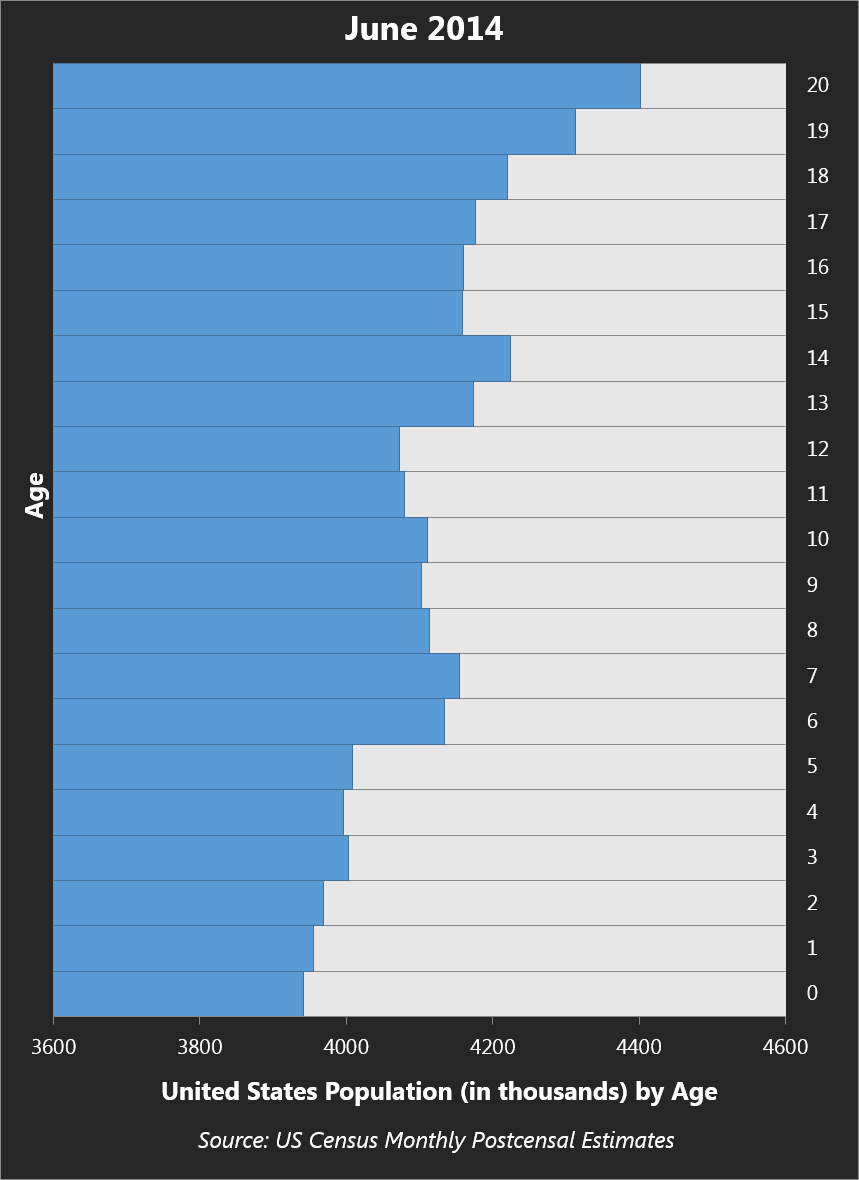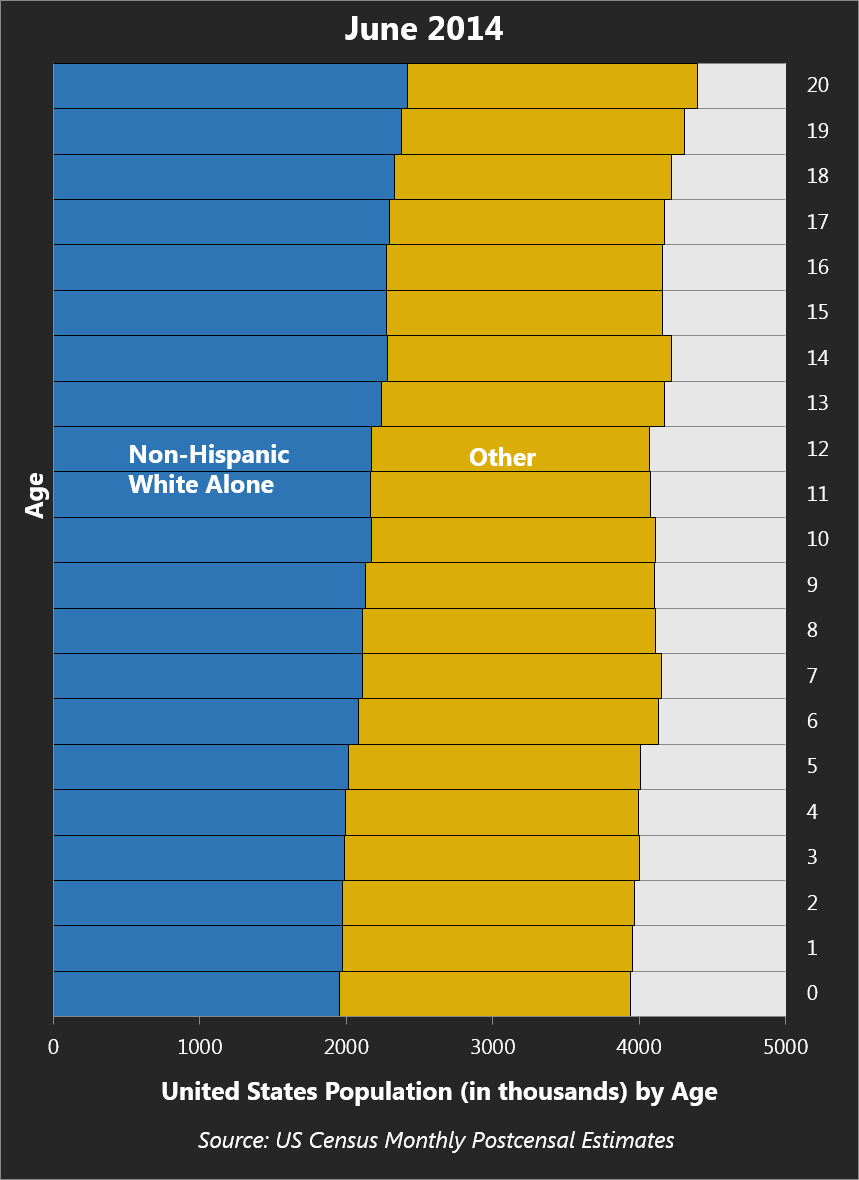The demographics of declining college enrollment
Despite a rise in high school graduation rates, college enrollment is dropping from its 2011 peak, leaving many small colleges scrambling. Here in Virginia, enrollment has largely been steady, but two small colleges closed in the last two years, and others have sounded the alarm on declining enrollment or missed targeted growth. Every struggling college certainly has its own history and unique problems. But larger trends always pick off stragglers. In Warren Buffet’s words, “when the tide goes out, you find out who’s been swimming naked.” And the tide appears to be going out.
A rash of articles has addressed the subject, with some of the leading culprits being the improved economy and job prospects for those without degrees.
But the big factor that doesn’t seem to be well-understood is simple population math. College attendance has climbed over the years to the point where an overwhelming majority of American young people will enroll in college of some kind at some point. This makes college enrollment extremely sensitive to fluctuations in the number of young people available. The generation currently in college or recently out of it is one of the largest this country has managed to produce. It’s no wonder there was a spike in enrollment, recession or no, back in 2008-09 if one looks at the number of Americans who were just reaching 18-19 years of age. Since then those numbers have fallen sharply and will continue to fall more slowly for the foreseeable future as the U.S. birth rate hovers below replacement (on a positive note, most of that decline is attributable to a precipitous decline in teen pregnancy).
Here is the United States’ population by age from 2010-2013.

If we zoom in on the college-aged population, the problem becomes obvious.


Enrollment peaked in 2011. In July of 2011, there were about 18.1 million people in the prime college years of 18-21. In June of 2014, that number was down to 17.4 million – nearly 700,000 fewer young people. U.S. colleges enrolling 300,000 fewer students last year suddenly makes a lot of sense. Not only are other options opening up for high school grads, but there are also just fewer warm bodies to go around.
If we think about the graduating high school seniors who might be entering college, there would have been close to 4.6 million 18 year-olds in 2009. Five years later, there are only 4.2 million – And the 17 year-olds preparing for college are the smallest age cohort younger than 35 – at 4,176,000. The next set of them (current 16 year-olds) will be even smaller. In fact, we should expect a slowly declining pool of college-aged students for the foreseeable future, as illustrated by the graph below.

Another interesting story here: the percentage of young people who are non-Hispanic whites is also on the decline – below 50% in the youngest age cohorts.

Historically (and currently), non-Hispanic whites attend college at disproportionately higher rates than most minority groups. For some colleges, “encouraging diversity” may go from being a matter of ethics to a matter of survival.


